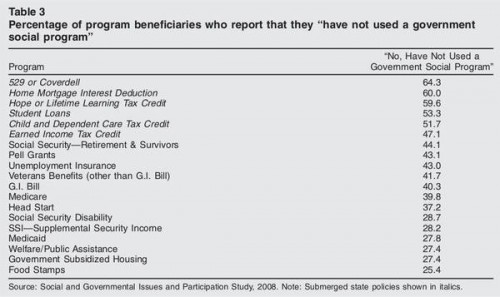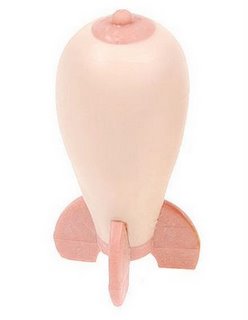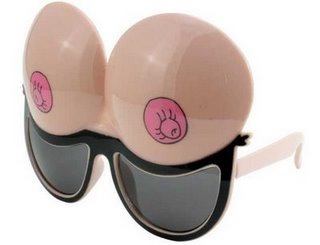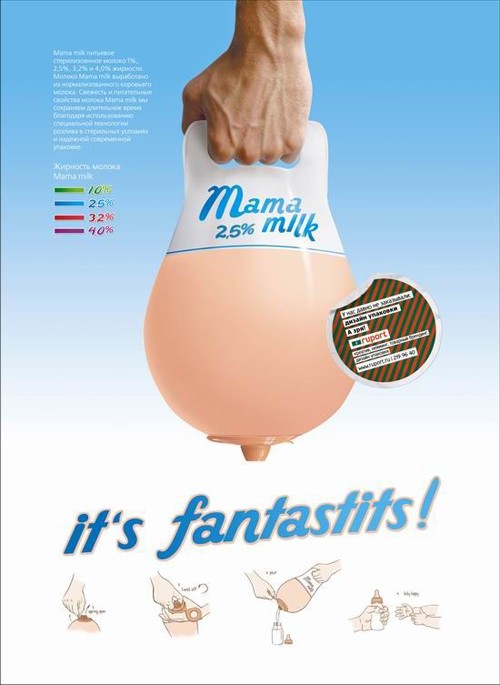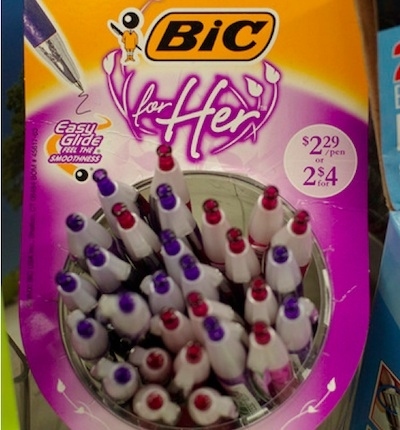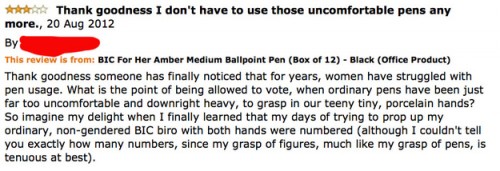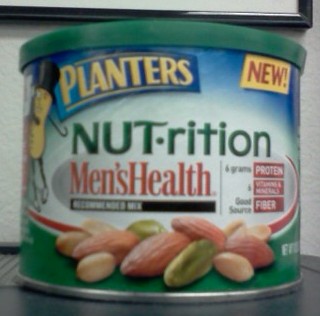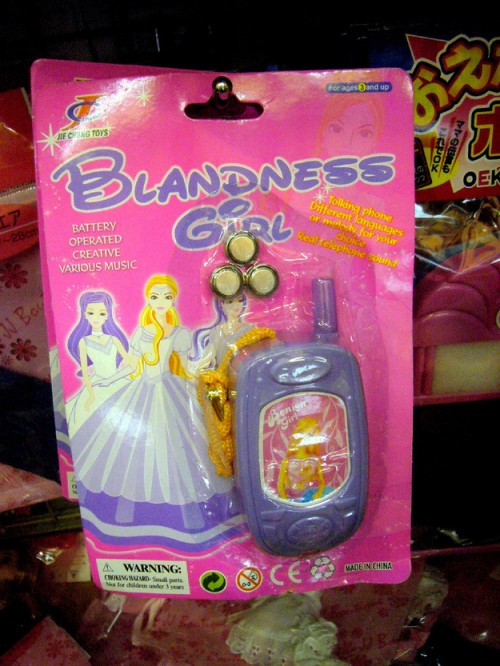Katrin sent in a set of signs and advertisements, collected at Buzzfeed, urging young people to refrain from doing methamphetamine, or “meth.”
What I found interesting was how many home made signs in rural areas were included. It suggests that many people in small towns feel that their children are under attack. Meanwhile, there’s no big money in drug addiction prevention. Hence the town-specific, home made signs that contrast so starkly to the generic, glossy, high-production value advertising we are so used to seeing.
Many examples at Buzzfeed.
Lisa Wade, PhD is an Associate Professor at Tulane University. She is the author of American Hookup, a book about college sexual culture; a textbook about gender; and a forthcoming introductory text: Terrible Magnificent Sociology. You can follow her on Twitter and Instagram.

